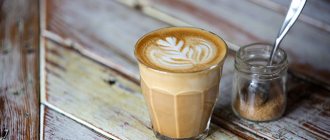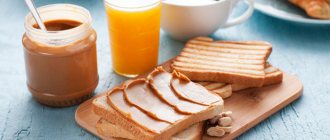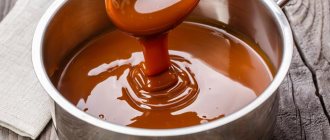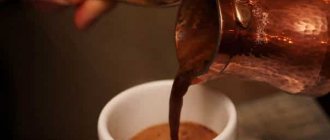In the coffee universe, the first position is undoubtedly held by coffee with milk, which is an order of magnitude ahead of the basic “black coffee”: even inexperienced coffee lovers know such types of drinks as lattes and cappuccinos. In addition to the classics, there are other recipes that are easily distinguished by true connoisseurs. One of them is flat white coffee, which is gaining more and more popularity and love around the world every year. In this article we will understand the difference between coffee and milk drinks from the TOP 3 list, learn the history of flat white coffee and what it is, and also learn how to prepare it correctly.
History of origin
Flat white coffee was first prepared in the 1980s by an unknown New Zealand barista who experimented with the combination of coffee and milk.
He set himself the task of preserving and emphasizing the pristine taste of white coffee with a brighter interpretation of coffee notes, as well as the abandonment of abundant milk foam.
The bright, invigorating recipe for “coffee with milk” was liked by the guests of the coffee shop: after some time it was prepared in all cafes in Australia and New Zealand.
Flat white owes its worldwide fame to coffee lovers in Great Britain: the British liked it so much that some time later its name in Britain was synonymous with quality coffee.
Many Europeans who ordered coffee white were dissatisfied with the drink they brought: the cappuccino was topped with a huge head of milk foam, while there was practically no coffee.
The situation was no better with the latte, in which the coffee taste was drowned out by milk. Baristas working in large chain establishments (McDonald's, Starbucks, etc.) knew how to prepare only such classic variations, as well as the black version.
The appearance of a drink balanced in proportions “coffee and milk”, in which there was no foam, created a sensation. Due to its appearance - the absence of a mountain of foam similar to a meringue - the name was assigned to the drink, literally translated as “flat white”.
By the end of the 1990s, “flat coffee” became part of the daily diet of coffee bean connoisseurs in Europe and the United States.
Flat white became a cult drink, distributed throughout all cafes and restaurants of the Old and New Worlds thanks to the small London coffee shop Flat White, opened in 2005 by New Zealand entrepreneurs Cameron McClure and James Gurnsey. Over the course of a day, more than 700 servings of the original drink were ordered from the cafe.
Flat white coffee: recipe
The official recipe used to prepare flat whites all over the world, from your favorite neighborhood coffee shop to Starbucks or McDonald's:
- Milk (110 ml per 1 cup) is whipped with a cappuccino maker until a light foam of velvet consistency is obtained (required temperature - 65°C).
- The preheated cup is placed in the coffee machine tray.
- Prepare 1 serving of double espresso (60 ml).
- If desired, 0.5-1 part of a packet of sugar is added to the espresso (the recipe does not regulate).
- Frothed milk is poured into the espresso (without creating the chopped structure characteristic of a latte)
Output drink parameters:
| Index | Meaning |
| Caffeine content | 110-116 |
| Foam thickness | 25 mm |
| Temperature | 67-70°C |
Recommendations on how to prepare true flat white:
- choice of variety: to optimally emphasize the taste of coffee beans, you should take a blend of several varieties of Arabica without Robusta impurities;
- To obtain the ideal shade of taste, Kenyan and Indian varieties with a chocolate flavor are suitable;
- the optimal grind is medium, fine espresso is also suitable;
- degree of roasting - light or medium;
- sugar must be added during cooking;
- milk should be whole, with a fat content range of 2.5-3.2%.
The minimal volume of flat white milk foam allows you to create designs on it in accordance with the best latte art standards: the foam is dense, and you can create complex, beautiful images on it.
Classic drinks
Cappuccino (33% espresso, 67% milk)
There are many myths about cappuccino. Let’s dispel one of them right away: this name has nothing to do with the hoods of monastic robes, or with the shorn top of the monks’ heads. The drink was invented in the 19th century in Vienna and was then called kapuzine . A little brewed coffee was mixed with milk or milk to obtain a brown tint - the color of the robes of the Capuchin monks. Basically, the name tells us about the strength of the drink.
Currently, in traditional Viennese coffee shops (old style) you can find a drink called Melange - well, it’s... almost a cappuccino











